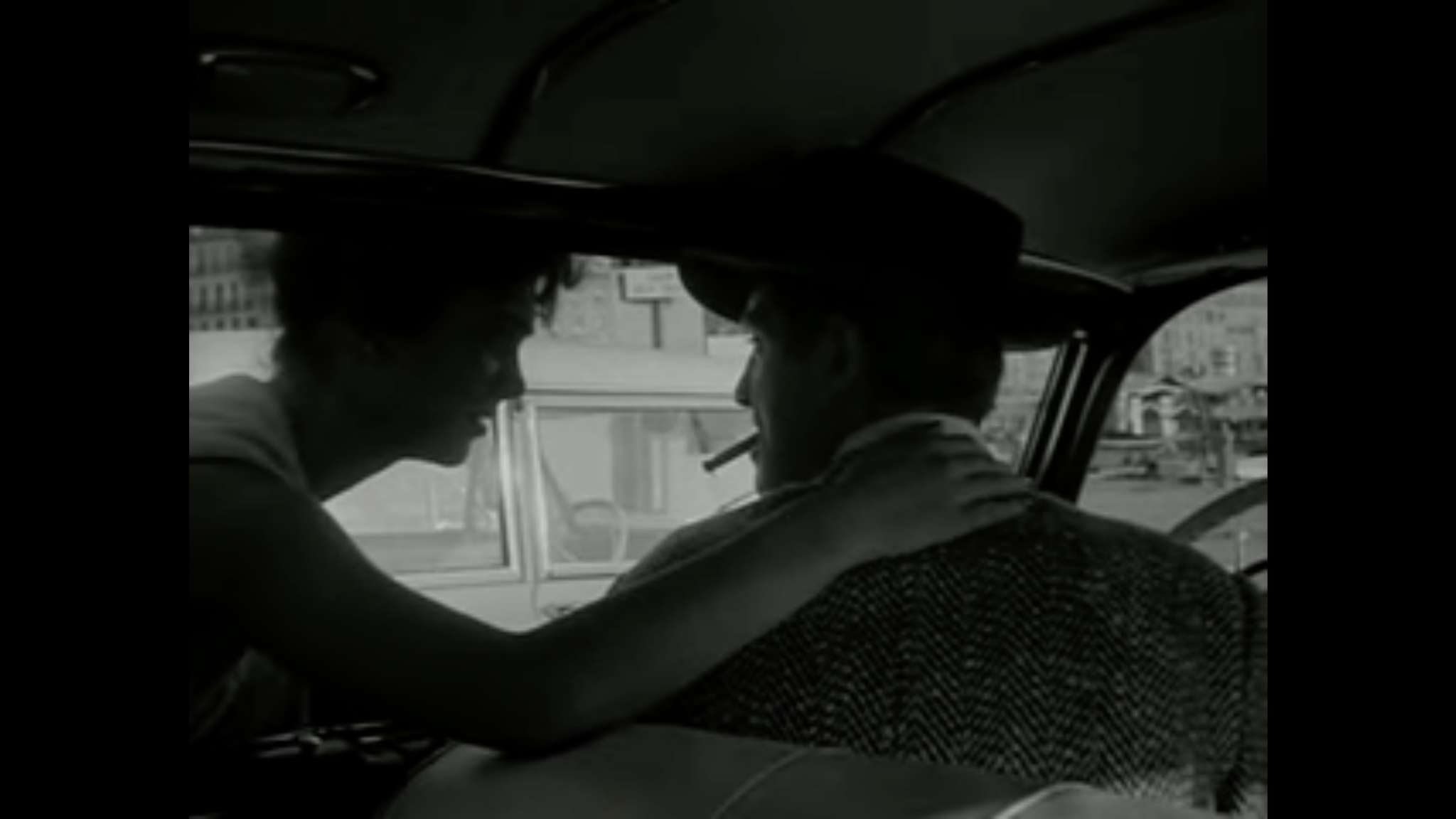The death of a cinematic icon: Jean-Luc Godard

Directors are essential when it comes to filmmaking. Cinematic history is full of notable directors, but very rarely does one come along that is so innovative and talented that their influence permeates cinema at all levels across the entire planet. One of these special few, Jean-Luc Godard, died this past Sept. 13 aged 91.
You may have heard of the Swiss-born French filmmaking legend, but the fact is that North American general audiences are largely unfamiliar with foreign language filmmakers. Even for a general audience, Godard is worth recognizing. His body of work spans nearly 60 years, not only inspiring future filmmaking greats but also developing a style that is seen throughout media to this day. I sat down and talked with Film Professor Glen Norton, who happens to be learned explicitly on the subject of Godard.
Many rave about how innovative Godard was, but what made him stand apart from his contemporaries? “He’s not interested in telling a story,” Norton said. “He’s more interested in exploring the ways a film can be shot.”
This doesn’t mean that his films only consist of plotless experimental shots; the stories of Godard’s films are usually quite interesting. However, they are rarely his primary focus and certainly aren’t what Godard is best known for. In terms of cinematography, Godard is often credited with ‘inventing the jump cut.’ While most agree that this attribution is false, few would deny that Godard popularized the technique.
For the uninitiated, jump cuts are abrupt transitions from one scene to another. You’ve likely seen them without realizing it, notably in Edgar Wright films and even in silly internet videos (anyone familiar with ‘perfectly cut scream’ compilations knows what I’m talking about).
Perhaps even more influential is how Godard inserted his personality into his films, this was an alien concept during Godard’s early years. Norton explained that Godard’s films show that, “You can put yourself into a film, you can put your own personal style into a film.”
A true auteur, Godard (at least in his early phases) believed that the director was the artist of his film; that it was his personal touch that made the movie. This was the beginning of our more recent fascination with contemporary directors. Godard directly inspired many later filmmakers to insert their personal style into their films.
This is seen in the films of Edgar Wright as mentioned above and Wes Anderson who has perhaps the most distinctive personal style since Godard, many of his films feeling like an extension of Godard’s acclaimed new wave work combined with the colour of his later 60s filmography.
Another notable director inspired by Godard was Quentin Tarantino, who went as far as to name his production company ‘A Band Apart’ in homage to Godard’s Band of Outsiders (1964). Of course, personal style has made Tarantino’s films some of the most popular ever made.
Norton believes Godard will be best remembered for the work he did as a part of the French New Wave, a film movement that spanned the late ’50s/ early ‘60s.
“The French New Wave [featured] filmmakers that both loved Hollywood, but also loved art films as well,” Norton said. “Godard and Truffaut were the two major players.” It was in this period that Godard would make his first feature-length, and what would end up being his most beloved film; Breathless (1960).
While acclaimed for innovating with the use of a personal touch, the French New Wave also borrowed much from the Italian Neo-realism movement that immediately followed WWII. Techniques like the use of improvisation, non-professional actors, shooting in the streets, and filming without a script were all borrowed from Italian Neo-realism and put on display in films like Breathless, Band of Outsiders, Contempt (1963), and Pierrot le Fou (1965) among others.
While Godard’s genre films of the early ‘60s are his best known, he had many other lesser-known periods deserving of attention. He transitioned from this first period into a political period where his films always bring up the Vietnam war, among political topics.
Godard had around six distinct periods in his career, about which Norton noted, “Each period seems to be a critique of the past period.” For example, his political work of this era can be viewed as a critique of his prior admiration of Hollywood. Following this period, he began collaborating with his wife Anne-Marie Miéville on lesser-known 16mm films, experimenting with video and releasing some French TV programs that would go on to be aired in France.
In the ‘80s Godard would return with more commercial films; notably, his religious trilogy. Then, from 1988 until 1998, Godard worked on what Norton and many others deem to be his magnum opus, Historie du Cinéma. An eight-part series examining the history of cinema and how it relates to the 20th century. Godard’s final phase mainly focused on montage cinema a prime example being the last film he ever finished, The Image Book (2018).
Photo Credits: V Renee, Isopix, Keystone Features, JLG and Anne, Cannes Film Festival, AFP
“To understand Godard [each of his phases] it takes about twenty years,” Norton said, hypothesizing that his later work will become more acclaimed as the years go on.
Much of the dialogue in Godard’s films came from himself, and as such, much of the dialogue in his films is attributed to direct quotes from Godard. The last thing I asked Norton was about a quote from Breathless. In the film, an interviewer asks a famous director what his greatest ambition is, to which the director responds, “To become immortal… and then die.”
Now that Godard has passed, I asked if Norton thought Godard had succeeded in becoming immortal. “For sure. His films will last forever… In a hundred years people will be studying his films, I have no doubt… He was a philosopher of the image”.

